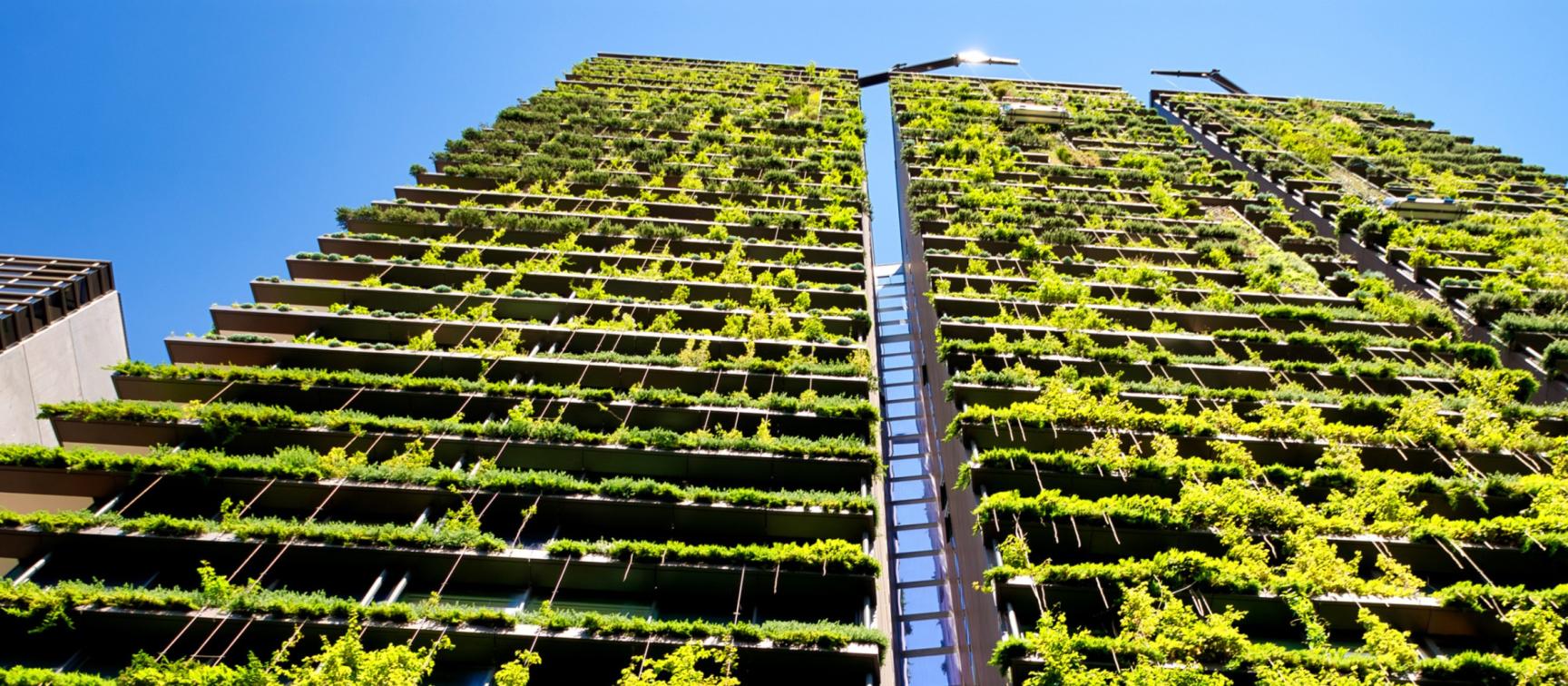
Green Construction Could Generate $1.5tr In Global Revenue Over The Next Decade
Research by the World Bank's International Finance Corporation highlights major emissions cuts and investment opportunities from shifting to greener materials and processes in construction and buildings sector worldwide
Switching to greener technologies in the construction and operation of buildings, combined with more climate-friendly capital markets, could reduce emissions from the global construction industry's value chain by almost a quarter over the next decade or so, according to fresh research backed by the World Bank.
A new report released this week by the International Finance Corporation (IFC) - which part of the World Bank Group - estimates that such efforts could clash greenhouse gas emissions from the global construction industry by as much as 23 per cent by 2035.
Moreover, it could at the same time create fresh investment opportunities in emerging markets to the tune of $1.5tr over the next decade, where around 55 per cent of the IFC's projected reduction in emissions could be achieved, it said.
The global construction industry is a major greenhouse gas emitter, accounting for around 40 per cent of global energy and industrial CO2 across its wider value chain, which includes the construction and operation of new buildings, as well as the carbon-intensive production of materials such as cement and steel.
According to IFC, a large share of these emissions are generated in emerging markets, where growing populations have caused a spike in demand for the construction of new housing and infrastructure.
At present, however, these markets often rely on more carbon-intensive construction methods and materials, and on current trends emissions from construction are expected to rise by 13 per cent globally by 2035 if no mitigation or adaptation efforts are adopted, the report estimates.
But it said that adopting energy-saving design, construction, and operations practices, as well as access to climate-friendly capital markets that channel more investment into the construction value chain, could potentially curb emissions by 12.8 per cent by 2035 from 2022 levels.
The IFC said such moves could deliver a "significant breakthrough" in the fight against climate change, in turn reducing the likelihood of extreme weather events which it said threatened to impose "ever-higher" economic and human costs on the world's poorest populations.
"The green construction revolution is picking up speed," said IFC managing director Makhtar Diop. "With the right enabling measures, we could see a surge of private sector financing that will capitalise on the enormous opportunity and huge necessity to transition to sustainable construction in emerging markets."
The report outlines a number of actions to help drive uptake of green construction practices, materials, and technologies in emerging economies, citing examples such as improved energy-efficient codes and standards, greening government buildings and procurement, and carbon pricing policies.
Technical assistance and financial instruments - such as sustainability-linked bonds, green mortgages, green funds, carbon transition bonds and carbon retirement portfolios - could also help in capitalising on investment opportunities, it states.
Such green financing deals appear to be on the rise, with global private debt financing for green building projects having increased 20-fold from around $10bn in 2017 to a "record high" of $230bn in 2021.
However, the IFC said only around 10 per cent of that issuance was in emerging markets.
The report also outlines a cost-benefit analysis of adopting existing technologies to reduce emissions. For building operations, which it said account for around half of all construction related emissions, renewable energies and new materials such as reflective painting for rooftops and film coating for windows can reduce emissions "significantly", as well as generate significant cost savings over time.
For new buildings, the report suggests using greener materials, energy-efficient and resilient designs as well as rainwater collection and district cooling as "attractive options" for emissions reductions. It also suggests switching to greener processes, raw materials, and non-fossil fuels to reduce carbon emissions for construction materials.
Credit - businessgreen.com

